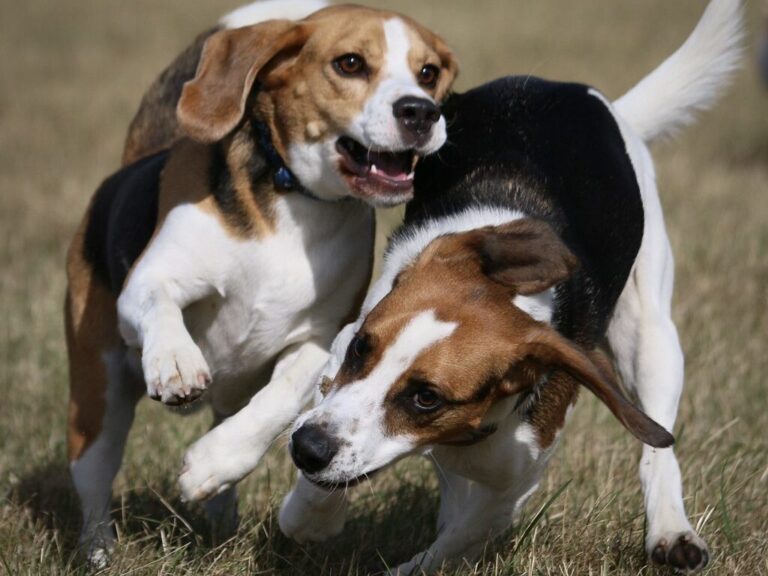10 Hints Your Dog Is Not Thriving on Their Current Food
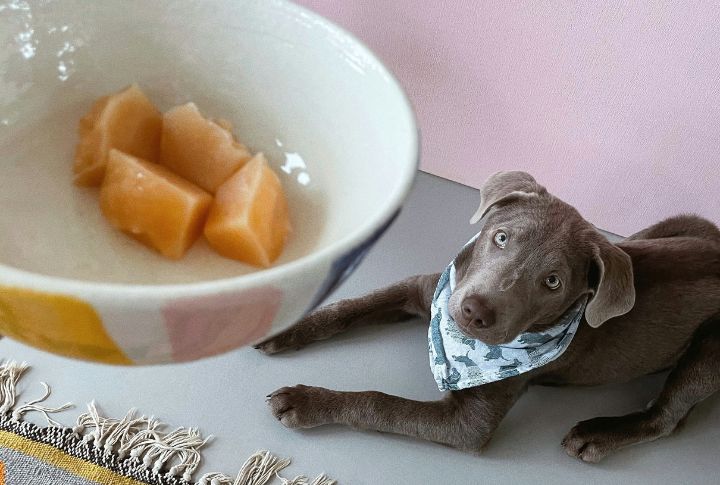
Your dog may be eating their food, but that doesn’t always mean it’s the best choice for their health. Certain behaviors and physical changes will indicate that something in their diet isn’t working. Spotting these signs early might make all the difference in their well-being.
Lack Of Energy And Enthusiasm

When a dog’s diet lacks essential nutrients, playtime becomes a rarity. Instead of eagerly greeting you, a sluggish pet may prefer resting over moving. Processed fillers don’t provide the energy needed for an active lifestyle, resulting in long naps and disinterest in daily activities. Nutrient-rich meals, however, help restore their vitality.
Dull And Brittle Coat
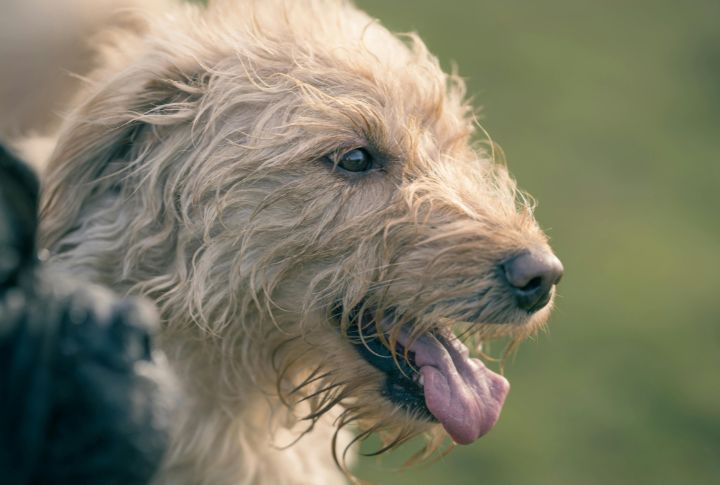
A glossy coat is a sign of internal health, but poor nutrition strips fur of its shine. Dogs relying on diets deficient in omega-3s often develop rough, brittle hair. If once-soft fur feels dry or excessive shedding worsens, incorporate high-quality fats to reverse the damage.
Frequent Digestive Issues
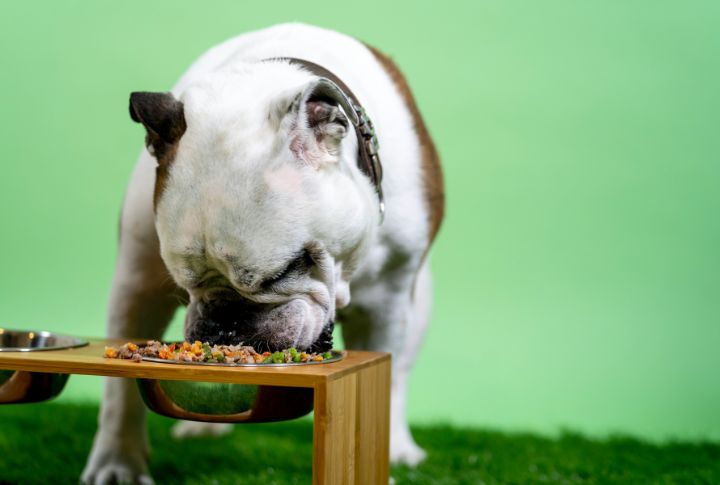
Stomach troubles shouldn’t be routine. Loose stools, constipation, or excessive gas indicate food isn’t being properly digested. Artificial additives and low-fiber formulas stress the gut, which makes digestion difficult. A diet with balanced fiber and digestible protein can improve gut health if mealtime results in discomfort.
Persistent Itching And Skin Irritations
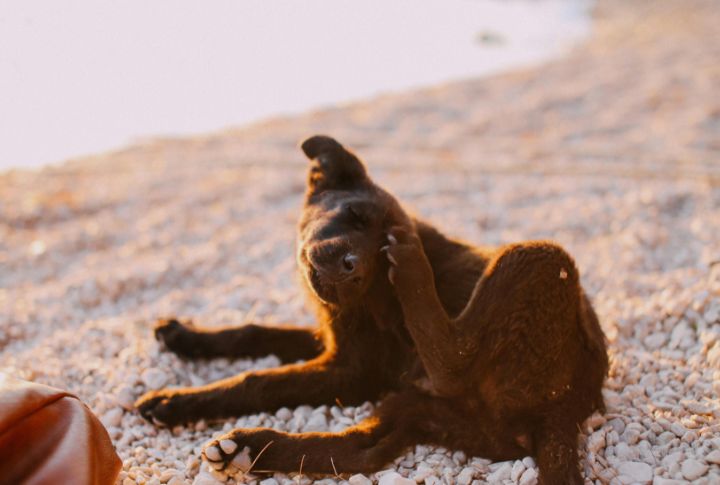
Constant scratching is not just a nuisance—it often points to dietary triggers. Food allergies cause inflammation, leading to irritated skin and hotspots. When licking and chewing persist despite flea control, inflammatory ingredients like wheat or soy may be the culprit. Switching to a hypoallergenic diet soothes irritation.
Unexplained Weight Changes
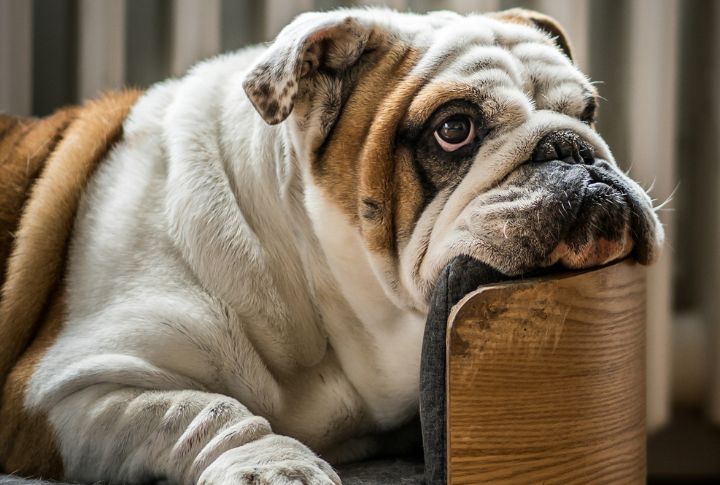
Weight fluctuations signal a deeper problem. Rapid weight gain suggests excessive fillers, while unexpected weight loss may point to poor nutrient absorption. A dog struggling to maintain a stable weight likely needs a diet tailored to their energy needs, with high-quality proteins and controlled portions.
Excessive Paw Licking Or Chewing
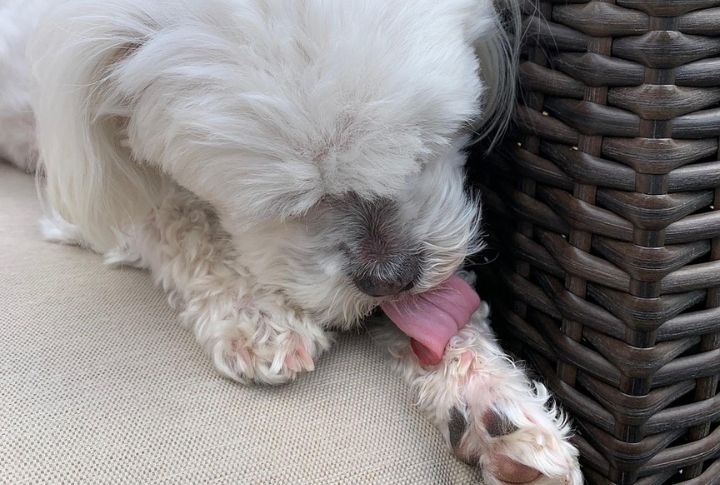
Paws aren’t just itchy for no reason. Food intolerances may be at play when a dog obsessively chews or licks its feet. This self-soothing behavior worsens over time, often causing raw, swollen skin. Evaluating ingredient labels helps uncover potential allergens contributing to the irritation.
Chronic Ear Infections
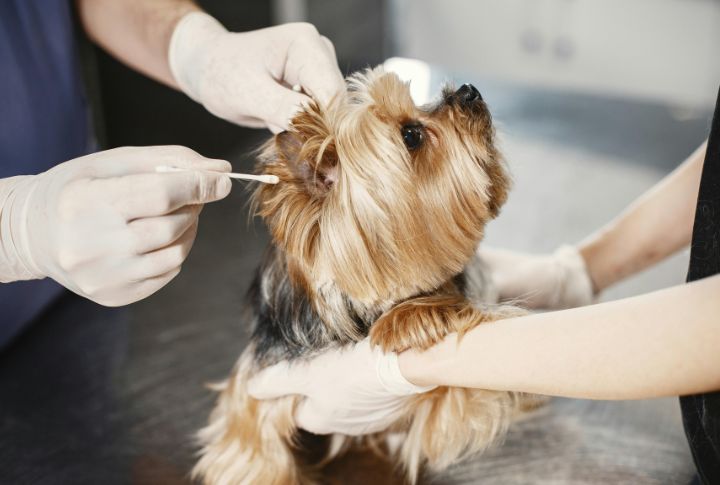
Frequent ear infections hint at an underlying issue. Certain food proteins, especially chicken and dairy, trigger inflammation that leads to recurring infections. If head shaking, foul-smelling ears, or wax buildup persists despite cleaning, you can adjust your dog’s diet, which may be the key to long-term relief.
Bad Breath That Does Not Improve With Dental Care
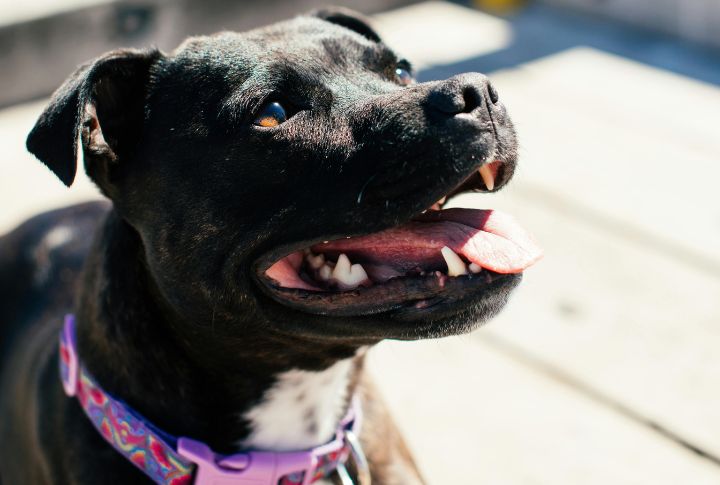
A foul-smelling mouth isn’t always a sign of poor dental hygiene. Processed food with artificial ingredients often leads to bacterial imbalances and produces persistent bad breath. When teeth brushing doesn’t help, try switching to a whole-food diet rich in natural proteins to improve gut and oral health.
Increased Stool Volume And Foul Odor
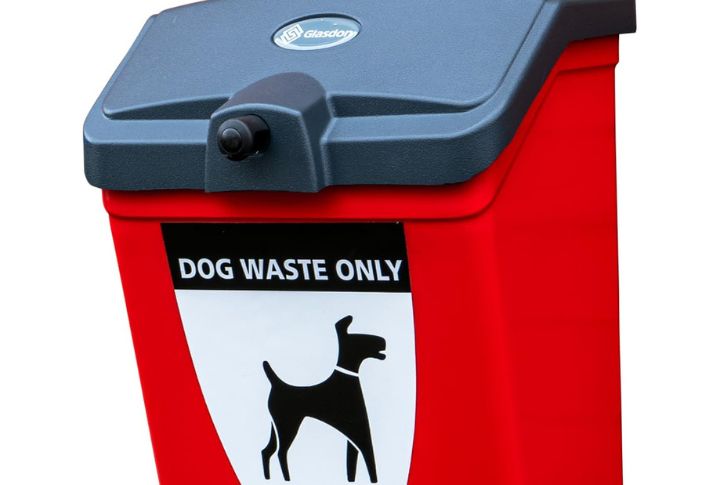
The quantity and smell of waste reveal how well food is being digested. Excessive stool often results from diets packed with fillers that pass through undigested. Once you see waste appearing unusually bulky or carrying a strong odor, switch to a nutrient-dense, fiber-balanced formula to make a difference.
Loss Of Interest In Meals
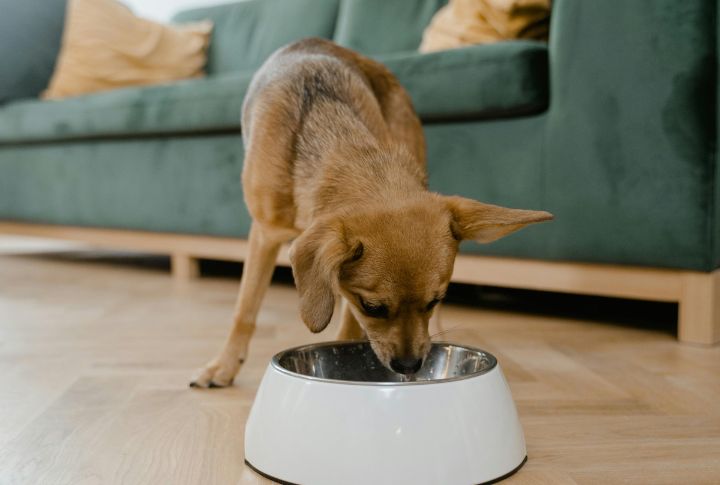
Refusing food is not always about pickiness. A dog that once devoured meals but now hesitates may find the current diet unappetizing. Overprocessed ingredients lose appeal over time. Notably, introducing fresh, high-quality proteins and rotating flavors helps rekindle excitement and ensures nutritional variety.
